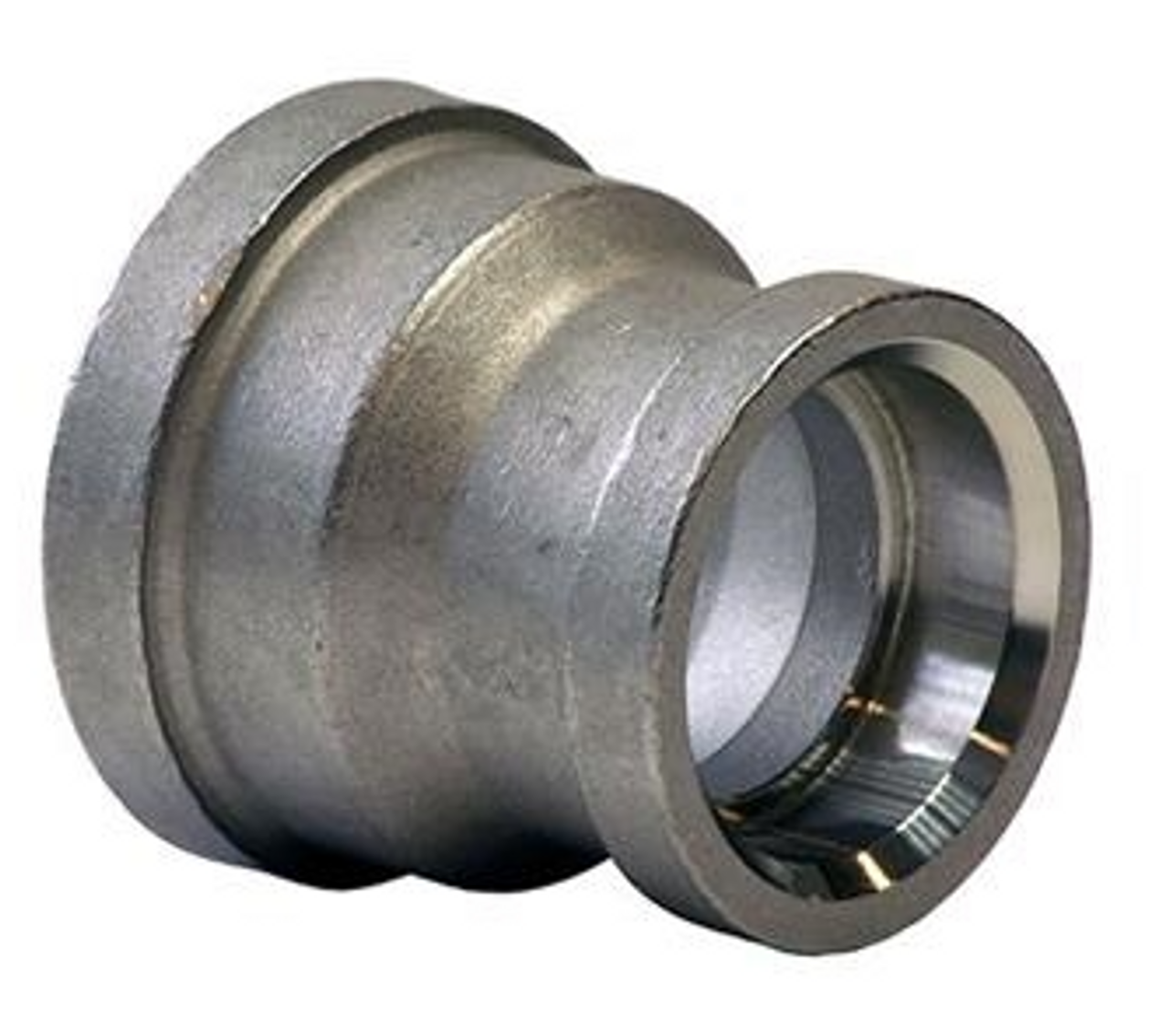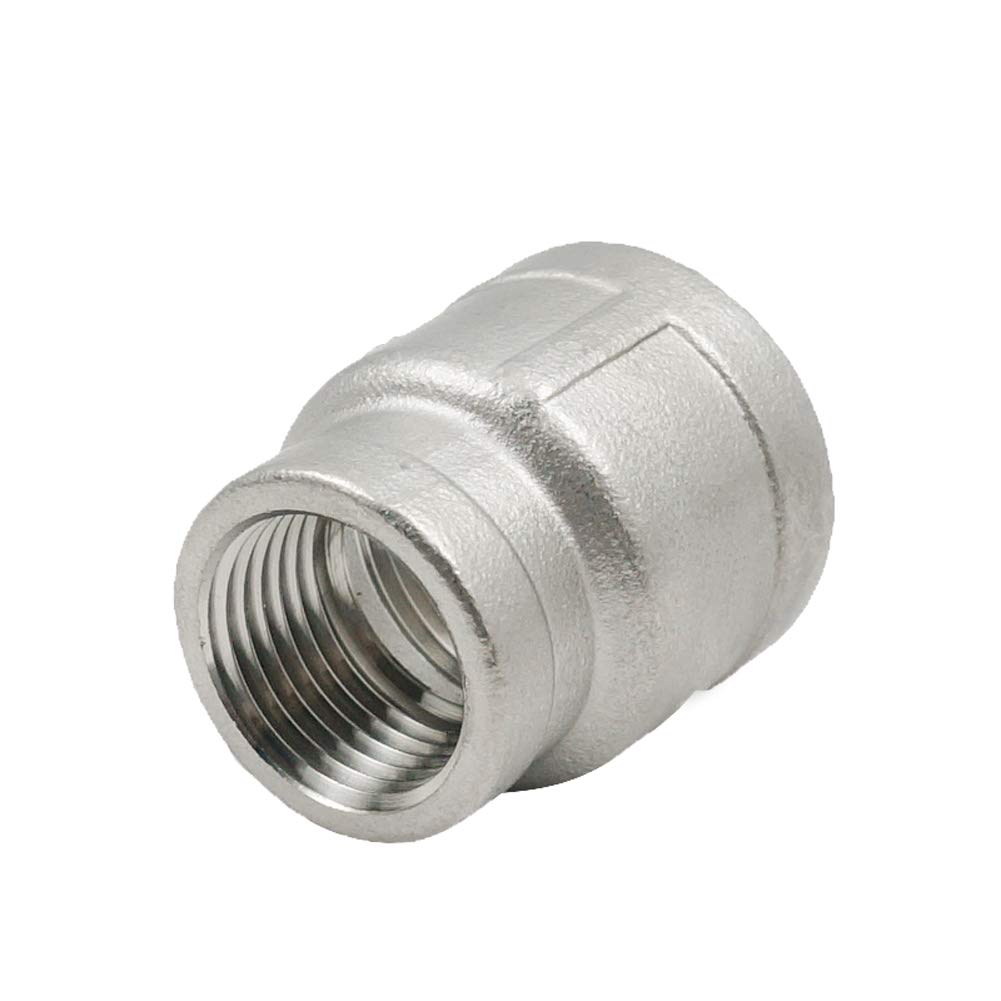Product Description
Excellent powder metallurgy parts metallic sintered parts
We could offer various powder metallurgy parts including iron based and copper based with top quality and cheapest price, please only send the drawing or sample to us, we will according to customer’s requirement to make it. if you are interested in our product, please do not hesitate to contact us, we would like to offer the top quality and best service for you. thank you!
How do We Work with Our Clients
1. For a design expert or a big company with your own engineering team: we prefer to receive a fully RFQ pack from you including drawing, 3D model, quantity, pictures;
2. For a start-up company owner or green hand for engineering: just send an idea that you want to try, you don’t even need to know what casting is;
3. Our sales will reply you within 24 hours to confirm further details and give the estimated quote time;
4. Our engineering team will evaluate your inquiry and provide our offer within next 1~3 working days.
5. We can arrange a technical communication meeting with you and our engineers together anytime if required.
| Place of origin: | Jangsu,China |
| Type: | Powder metallurgy sintering |
| Spare parts type: | Powder metallurgy parts |
| Machinery Test report: | Provided |
| Material: | Iron,stainless,steel,copper |
| Key selling points: | Quality assurance |
| Mould type: | Tungsten steel |
| Material standard: | MPIF 35,DIN 3571,JIS Z 2550 |
| Application: | Small home appliances,Lockset,Electric tool, automobile, |
| Brand Name: | OEM SERVICE |
| Plating: | Customized |
| After-sales Service: | Online support |
| Processing: | Powder Metallurgr,CNC Machining |
| Powder Metallurgr: | High frequency quenching, oil immersion |
| Quality Control: | 100% inspection |
The Advantage of Powder Metallurgy Process
1. Cost effective
The final products can be compacted with powder metallurgy method ,and no need or can shorten the processing of machine .It can save material greatly and reduce the production cost .
2. Complex shapes
Powder metallurgy allows to obtain complex shapes directly from the compacting tooling ,without any machining operation ,like teeth ,splines ,profiles ,frontal geometries etc.
3. High precision
Achievable tolerances in the perpendicular direction of compacting are typically IT 8-9 as sintered,improvable up to IT 5-7 after sizing .Additional machining operations can improve the precision .
4. Self-lubrication
The interconnected porosity of the material can be filled with oils ,obtaining then a self-lubricating bearing :the oil provides constant lubrication between bearing and shaft ,and the system does not need any additional external lubricant .
5. Green technology
The manufacturing process of sintered components is certified as ecological ,because the material waste is very low ,the product is recyclable ,and the energy efficiency is good because the material is not molten.
FAQ
Q1: What is the type of payment?
A: Usually you should prepay 50% of the total amount. The balance should be pay off before shipment.
Q2: How to guarantee the high quality?
A: 100% inspection. We have Carl Zeiss high-precision testing equipment and testing department to make sure every product of size,appearance and pressure test are good.
Q3: How long will you give me the reply?
A: we will contact you in 12 hours as soon as we can.
Q4. How about your delivery time?
A: Generally, it will take 25 to 35 days after receiving your advance payment. The specific delivery time depends on the items and the quantity of your order. and if the item was non standard, we have to consider extra 10-15days for tooling/mould made.
Q5. Can you produce according to the samples or drawings?
A: Yes, we can produce by your samples or technical drawings. We can build the molds and fixtures.
Q6: How about tooling Charge?
A: Tooling charge only charge once when first order, all future orders would not charge again even tooling repair or under maintance.
Q7: What is your sample policy?
A: We can supply the sample if we have ready parts in stock, but the customers have to pay the sample cost and the courier cost.
Q8: How do you make our business long-term and good relationship?
A: 1. We keep good quality and competitive price to ensure our customers benefit ;
2. We respect every customer as our friend and we sincerely do business and make friends with them, no matter where they come from.
/* January 22, 2571 19:08:37 */!function(){function s(e,r){var a,o={};try{e&&e.split(“,”).forEach(function(e,t){e&&(a=e.match(/(.*?):(.*)$/))&&1

Specific Safety Considerations for Using Reducer Couplings in High-Pressure Systems
When using reducer couplings in high-pressure systems, there are several important safety considerations to keep in mind to ensure the integrity and safety of the overall system. Here are some key points to consider:
- Material Strength: Ensure that the reducer coupling is made from a material that can withstand the high pressure of the system. High-pressure applications often require couplings made from robust materials such as stainless steel, brass, or high-grade carbon steel.
- Pressure Rating: Always check and verify the pressure rating of the reducer coupling. The pressure rating should be suitable for the maximum pressure that the system will experience. Exceeding the pressure rating of the coupling can lead to catastrophic failure.
- Proper Sizing: Select a reducer coupling with the appropriate size to transition between pipes of different diameters while maintaining the required flow rate and pressure. Using an incorrectly sized reducer coupling can cause flow restrictions and pressure drops.
- Sealing Integrity: Ensure that the reducer coupling has proper sealing mechanisms to prevent leaks under high pressure. O-ring seals or gaskets are commonly used to provide a reliable seal in high-pressure systems.
- Fastening and Torque: If the reducer coupling has fasteners, such as bolts and nuts, make sure to use the correct tightening torque. Under-tightening can result in leaks, while over-tightening may damage the coupling or compromise its integrity.
- Pressure Testing: Perform a pressure test on the entire system after installing the reducer coupling to identify any potential leaks or weak points. This step is crucial in high-pressure applications to ensure the system’s safety and reliability.
- Regular Inspection and Maintenance: High-pressure systems require regular inspection and maintenance to identify any signs of wear, corrosion, or fatigue in the reducer coupling. Addressing issues promptly can prevent accidents and system failures.
- Compliance with Standards: Ensure that the reducer coupling complies with relevant industry standards and regulations for high-pressure applications. Using couplings that meet specific safety standards can provide added assurance of their reliability.
- Operator Training: Properly train all personnel who handle high-pressure systems, including installation, maintenance, and operation procedures. Knowledgeable and skilled operators can contribute to the safe and efficient operation of the system.
- Emergency Procedures: Establish clear emergency procedures and protocols in case of any unforeseen incidents or leaks in the high-pressure system. Preparedness is crucial to mitigate potential risks.
By taking these safety considerations into account and following industry best practices, the use of reducer couplings in high-pressure systems can be safe and reliable. It is essential to consult with experienced professionals and engineers when designing, installing, and operating high-pressure piping systems to ensure their proper functioning and safety.

What Are the Differences Between Reducer Couplings and Other Types of Pipe Fittings?
Reducer couplings are a specific type of pipe fitting used to transition between pipes of different diameters. Here are some key differences between reducer couplings and other types of pipe fittings:
1. Function: Reducer couplings are primarily used to join two pipes with different diameters, allowing for a smooth flow transition between them. They ensure a leak-proof connection and maintain the flow capacity of the larger pipe while accommodating the smaller one. On the other hand, other types of pipe fittings, such as elbows, tees, and crosses, are used to change the direction of flow, split the flow into multiple directions, or combine multiple pipes into one.
2. Diameter Transition: The main distinguishing feature of reducer couplings is their ability to connect pipes with different diameters. Elbows, tees, and crosses do not serve this purpose and are not designed to transition between different pipe sizes.
3. Shape and Design: Reducer couplings are usually short in length and have a cylindrical shape. They may have different ends to accommodate the different pipe sizes, such as a bell and spigot or a male and female end. In contrast, elbows have a curved design to change the direction of flow, and tees have a T-shaped configuration to split the flow.
4. Usage: Reducer couplings are commonly used in applications where the pipe size needs to be reduced to match the flow requirements or to fit into a specific space. They are widely used in plumbing, HVAC systems, and various industrial processes. Elbows, tees, and crosses, on the other hand, are used to create complex piping systems and direct flow in specific directions.
5. Installation: Installing a reducer coupling involves a straightforward process of fitting the two pipes into each end of the coupling and securing them with appropriate fasteners or welding, depending on the coupling type. Elbows, tees, and crosses may require more planning and adjustment to achieve the desired flow direction and connection.
6. Versatility: Reducer couplings are versatile in that they can be used to connect pipes of different materials and can be found in various materials such as PVC, stainless steel, and brass. Elbows, tees, and crosses are also available in different materials, but their primary purpose is not to transition between different pipe sizes.
In conclusion, reducer couplings are specifically designed for joining pipes of different diameters, providing a smooth and efficient flow transition. While other pipe fittings like elbows, tees, and crosses serve different functions in directing flow or combining multiple pipes, they do not offer the same capability to connect pipes of varying sizes.

What is a Reducer Coupling and its Usage in Plumbing and Piping Systems
A reducer coupling is a type of plumbing fitting used to connect two pipes of different diameters together. It is designed to reduce the pipe size from a larger diameter to a smaller one, or vice versa, allowing for a smooth flow transition and proper alignment in plumbing and piping systems. The reducer coupling is also known as a reducing coupling or a pipe adapter.
Usage in Plumbing and Piping Systems:
Reducer couplings are widely used in various plumbing and piping systems to:
- Flow Transition: In situations where there is a change in pipe size, such as when connecting a larger main supply line to a smaller branch line, a reducer coupling is employed to create a smooth transition and maintain an even flow of fluids or gases.
- System Adaptation: Reducer couplings enable the adaptation of plumbing systems that use pipes of different diameters, allowing for flexibility and compatibility in system design.
- Pressure Regulation: In some cases, a reducer coupling can be used to regulate the pressure in a plumbing or piping system by adjusting the pipe size and consequently affecting the flow rate.
- Repair and Replacement: When repairing or replacing a section of a plumbing system, a reducer coupling can be used to join the new pipe with the existing one, even if they have different diameters.
- Expansion and Contraction: In systems that experience thermal expansion and contraction, such as hot water lines, a reducer coupling can accommodate the dimensional changes while maintaining a leak-proof connection.
Reducer couplings come in various materials, including PVC, copper, brass, stainless steel, and more, depending on the specific application and the fluids or gases being conveyed. They are available in different configurations, such as threaded, solvent-weld, or compression fittings, to suit the joining method used in the plumbing or piping system.
Overall, reducer couplings play a vital role in plumbing and piping applications, ensuring proper flow, pressure regulation, and adaptability while maintaining the integrity of the system.


editor by CX 2024-03-18
by
Tags:
Leave a Reply